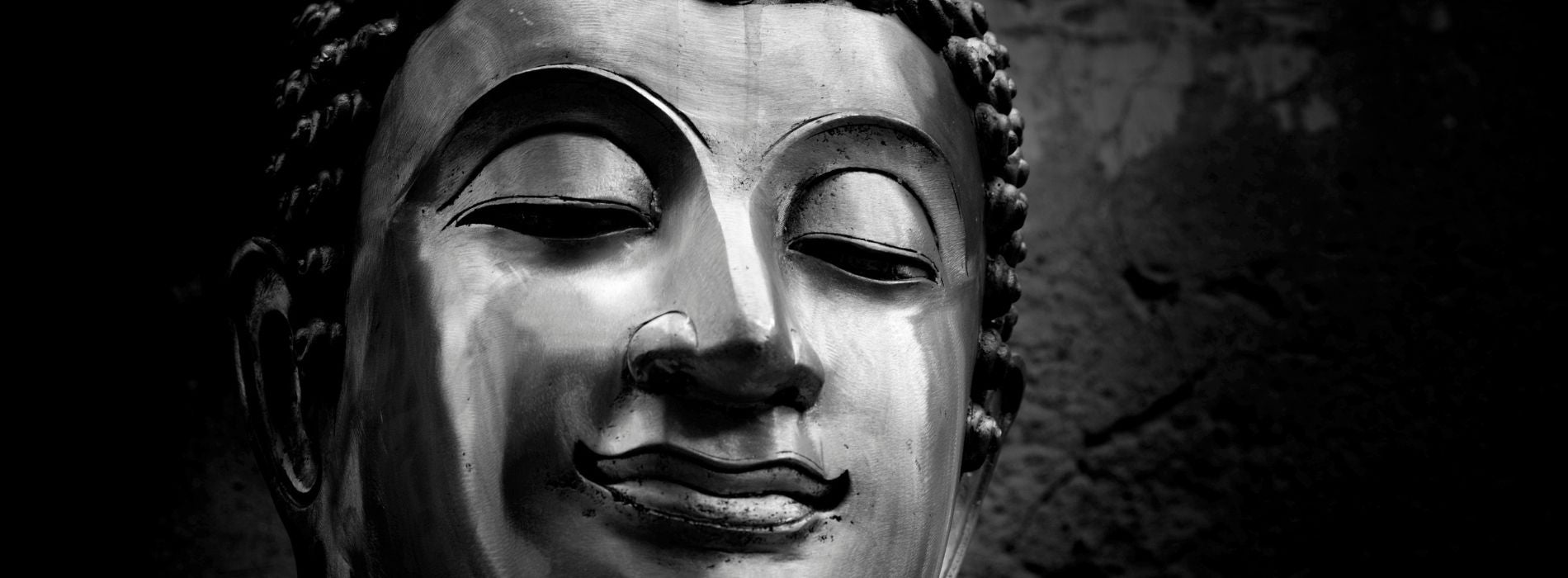Who is Buddha for Buddhists? Transformation and teachings of Siddhartha Gautama
The life of Siddhartha Gautama
Siddhartha Gautama, better known as Buddha, is the founder of Buddhism. Born in the 6th century BC. In a royal family in India, Siddhartha lived a privileged life surrounded by wealth and pleasure. However, he felt a deep unease about suffering and the impermanence of life.
At the age of 29, Siddhartha decided to leave his life of luxury and seek truth and spiritual enlightenment. For six years he practiced asceticism and underwent severe penances before realizing that these extremes were not the path to enlightenment.
The quest for enlightenment
Finally, Siddhartha Gautama sat under a sacred tree, known as the Bodhi tree, and meditated for several days and nights. During this meditation, he reached a higher state of consciousness and understood the fundamental causes of suffering and the path to liberation.
Siddhartha Gautama had become Buddha, “the awakened one”. He had found the path that leads to the end of suffering and the achievement of inner peace. He then decided to share his teachings with the world, becoming a spiritual teacher and guide to those seeking the truth.
The teachings of Buddha
The teachings of Buddha are grouped together in what we call the Dharma. The Dharma is composed of many doctrines, principles and practices that guide Buddhists on the path to enlightenment.
The key concept of Buddhism is that of the “Noble Eightfold Path”, which is a set of eight essential practices for achieving enlightenment. These practices include right understanding, right thinking, right speech, right action, right right livelihood, right effort, right attention and right concentration.
Buddhism also emphasizes the concept of compassion and kindness towards all living beings. Buddha taught that desire and attachment were at the root of human suffering, and that liberation from suffering could be achieved by developing love and compassion for all beings. /p>
Schools of Buddhism
Over time, Buddhism has divided into different schools, each with their own interpretations and practices. The main schools of Buddhism are theravada, mahāyāna and vajrayāna.
Theravada
The theravada is considered the oldest and most conservative school of Buddhism. It focuses on the original teachings of Buddha and encourages the practice of meditation and personal development to achieve enlightenment.
Practitioners of theravada follow an individual path to enlightenment and devote themselves to the full understanding of the Four Noble Truths and the Noble Eightfold Path.
Mahāyāna
The mahāyāna, for its part, emphasizes compassion and bodhichitta, which is the intention to achieve enlightenment for the sake of all beings. It encourages the practice of meditation, but also the development of the qualities of wisdom and compassion.
The mahāyāna also considers the bodhisattvas as spiritual guides and role models, beings who have achieved enlightenment but who choose to remain on Earth to help others to achieve liberation.
Buddhism in the modern world
Today, Buddhism is practiced in many countries around the world. It continues to offer people a spiritual path to find inner peace and freedom from suffering.
Buddhist meditation
Meditation is an essential practice in Buddhism, aimed at calming the mind and cultivating clarity and mindful presence. Meditation is used to develop mindfulness, concentration and wisdom, allowing everyone to connect with their deepest nature.
Today, many non-Buddhist people also practice Buddhist meditation as a way to reduce stress, improve mental health, and achieve a state of spiritual well-being.
Buddhism and science
Buddhism has also attracted growing interest from scientists, who study the effects of meditation on the brain and mental health. The results of these studies showed that Buddhist meditation can have a positive impact on reducing stress, improving attention and emotional well-being.
These discoveries have contributed to the integration of Buddhism into the practices of mindfulness and cognitive therapy in the West, thus offering a greater number of people the benefits of this ancient tradition.
Ultimately, Buddha is for Buddhists a spiritual guide and a model to follow in their quest for enlightenment. His teachings continue to guide practitioners around the world and offer answers to fundamental questions about the nature of reality and the meaning of life.















































